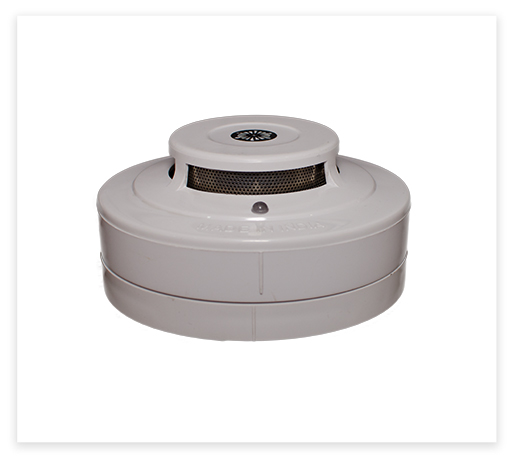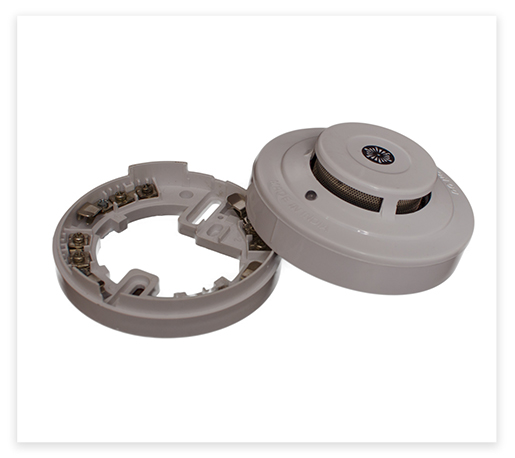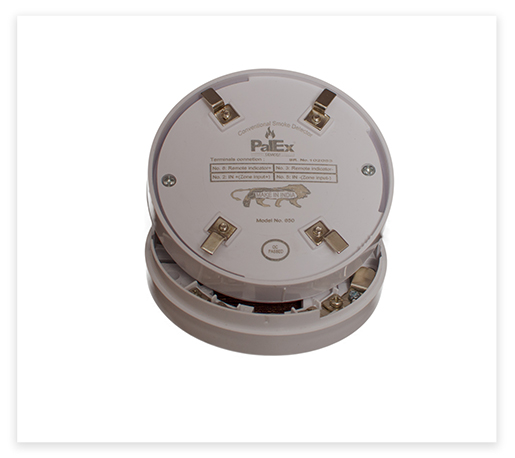Features of Smoke Alarms
Smoke alarms with voice and location alerts help identify whether it is a fire emergency or a carbon monoxide emergency. Voice alarms tell you when the battery is low. Voice and location alerts enable you to take immediate actions in less time.
New technology interconnects the fire alarm system using batteries. It is hassle-free as it is wireless. If one alarm goes off in any of the rooms, all the alarms in the whole house will turn off automatically. Battery backup in such alarms allows them to detect smoke during power outages.
Smoke alarms have inbuilt safety path light. During an alert, the light will illuminate the escape route for you and your family to safety.
What you need to know!
1) Close the door as it may limit the heat and spread of fire. Install the alarms in every bedroom and level of the house.
2) They should be interconnected. When one sounds, all will sound.
3) Test smoke alarms at least once a month to make sure that the alarm is in working condition.
4) When the alarm rings, get outside the house and call the fire safety service.
5) Change the smoke alarms every 10 years.
How to maintain a Smoke Detector?
Test the alarm during routine inspections every six months. Clean them and don't let the dust and cobwebs build up. Clean the vents in smoke alarms with a delicate and soft brush after every 6 months. Use insect sprays on the surface of the smoke alarm to prevent insects from building up nests inside.
How to install Smoke Alarms?
Mark drill points on the ceiling, not more than 8 inches far from each other. Drill holes, mount the alarm to the bracket and twist it into place. Screw the base plate and insert batteries.
Conclusion
Smoke alarms are entrusted with the responsibility of helping keep your family safe. Make sure that your alarm is reliable with the best-updated features to keep you and your family safe. Proper installation is also necessary for them to work properly as you do not want to risk your lives.
The Conventional Optical Smoke detector uses a state of-the-art optical sensing chamber. This detector is designed to provide open area protection and to be used with most conventional fire alarm panel. Optical Smoke Detector is typically as an indicator of fire that issue a signal to a fire alarm control panel as part of a fire alarm system.
Optical Smoke Detector works using the light scatter principle. The alarm contains a pulsed Infra red LED which pulses a beam of light into the sensor chamber every 10 seconds to check for smoke particles
Two LEDs on each detector provide local 360 visible alarm Indication. They flash every six seconds indicating that power Is applied and the detector is working properly. The LEDs latch On in alarm. LEDs will be off when a trouble condition exists that the detector sensitivity is outside the listed limit. The alarm can be reset only by a momentary power interruption. The detector that initiated the alarm condition will have its red LED and relays latched until reset by panel.







